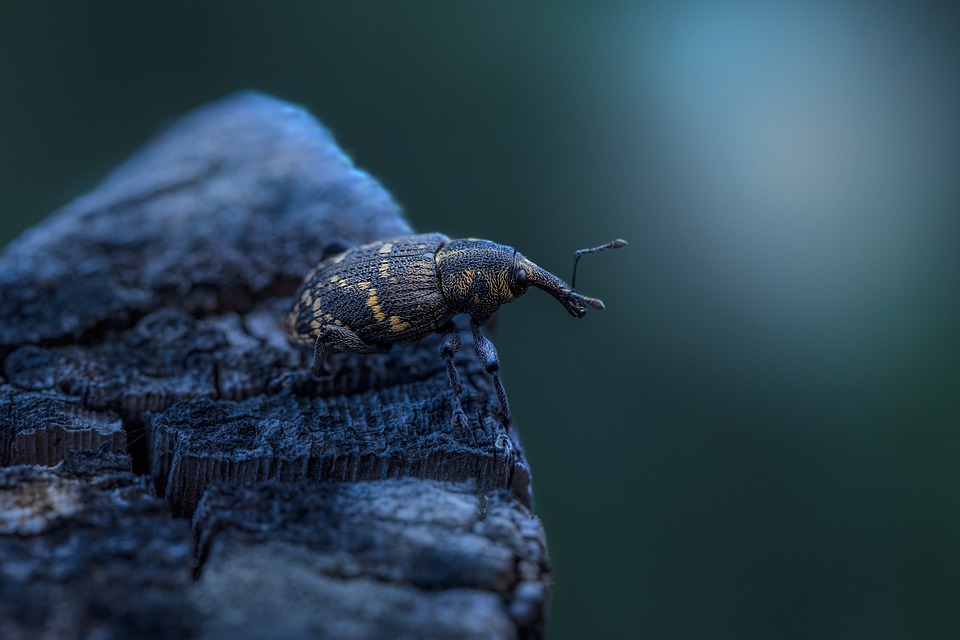As summer approaches and our gardens bloom, the buzz of insects becomes a familiar tune. While some bugs are beneficial, others can wreak havoc on plants and invade our homes. Instead of reaching for harsh chemical pesticides, many people are now turning to homemade bug sprays, which can be just as effective and significantly safer for the environment, pets, and children.
In this article, we’ll explore some simple, effective recipes for homemade bug sprays that you can whip up in your kitchen. Not only are these sprays eco-friendly, but they can also save you money while allowing you to tailor the ingredients to suit specific pest problems.
Benefits of Homemade Bug Sprays
-
Eco-Friendly: Homemade sprays reduce the reliance on harsh chemicals that can harm beneficial insects and contaminate soil and water sources.
-
Cost-effective: Most ingredients can be found in your kitchen or local grocery store, making these sprays a budget-friendly alternative.
-
Customizable: You can adjust the strength and scent of your sprays according to your preferences and pest challenges.
- Safety: Homemade sprays typically use food-grade ingredients, making them a safer option for homes with children and pets.
Easy Recipes for Homemade Bug Sprays
1. Basic Soap Spray
Ingredients:
- 1 tablespoon of liquid dish soap (preferably biodegradable)
- 1 quart (4 cups) of water
Instructions:
- In a spray bottle, mix the liquid dish soap with lukewarm water.
- Shake well to combine.
- Spray directly on affected plants to combat aphids, spider mites, and whiteflies.
- Test on a small area first to ensure your plants will not react negatively to the soap.
2. Garlic Bug Spray
Ingredients:
- 2-3 garlic cloves, minced
- 1 quart (4 cups) of water
- 1 tablespoon of liquid soap
Instructions:
- Combine the minced garlic and water in a pot and let it simmer for about 20 minutes.
- Allow the mixture to cool, then strain out the garlic pieces.
- Add the liquid soap to the garlic-infused water and mix well.
- Transfer to a spray bottle and apply to plants to deter aphids, beetles, and other pests.
3. Essential Oil Bug Spray
Ingredients:
- 1 cup of water
- 1 tablespoon of vegetable oil (like canola or coconut oil)
- 10-15 drops of essential oil (like peppermint, tea tree, or lavender)
Instructions:
- In a spray bottle, combine the water, vegetable oil, and essential oils.
- Shake well before each use to emulsify the oil and water.
- Spray around your garden and home, focusing on areas where bugs commonly appear, such as window sills or doorframes.
4. Vinegar Bug Spray
Ingredients:
- 1 cup of distilled white vinegar
- 1 cup of water
- 2 tablespoons of dish soap
Instructions:
- Mix the vinegar, water, and dish soap in a spray bottle.
- Shake well and spray on surfaces in your home to repel ants, spiders, and fruit flies.
- Avoid spraying on plants, as the acidity in vinegar can harm them.
Application Tips
-
Timing: Apply bug sprays during the early morning or late evening when temperatures are cooler. This helps prevent plant stress and ensures that beneficial insects are less affected.
-
Frequency: Reapply every few days, especially after rainfall or heavy watering, to maintain efficacy.
- Storage: Store homemade bug sprays in a cool, dark place, and avoid leaving them in direct sunlight, which can reduce their potency.
Conclusion
Homemade bug sprays are a practical and eco-conscious choice for managing pest problems in your garden and home. With just a few simple ingredients, you can create effective solutions that protect your plants while being safe for your loved ones. Say goodbye to harmful chemicals, and embrace the power of natural ingredients to keep bugs at bay! Happy gardening!
